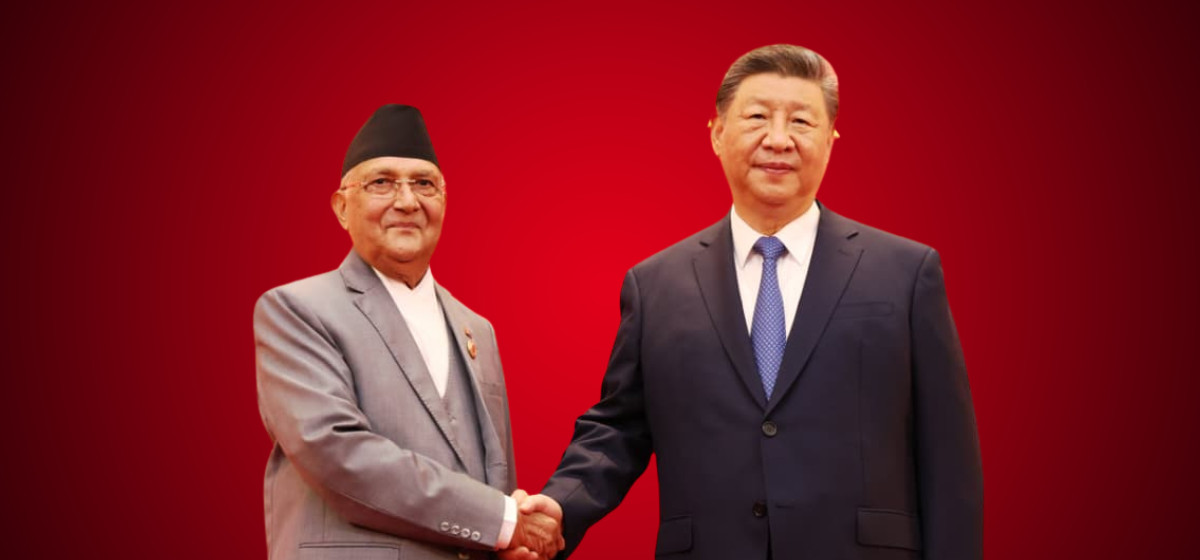A fresh diplomatic row has erupted between Nepal and India after New Delhi and Beijing agreed to reopen border trade through Lipulekh—a Himalayan pass that passes through Nepal’s sovereign territory. On Wednesday evening, Nepal’s Ministry of Foreign Affairs (MoFA) issued a firm three-point statement, reiterating that Limpiyadhura, Lipulekh and Kalapani are integral parts of Nepal as enshrined in the Constitution and official map. The MoFA urged the Indian side not to carry out road construction, expansion and cross-border trade in the area and reminded both India and China that all land east of the Mahakali River belongs to Nepal under the 1816 Treaty of Sugauli. According to Kathmandu, the river originates at Limpiyadhura, placing Lipulekh, Kalapani, and Limpiyadhura firmly within Nepali territory. Historical records support Nepal’s claim: locals of Gunji, Nabhi and Kuti paid land tax to Nepal until 1978 and government archives preserve receipts and ownership documents. Even a 1911 British-Indian Gazetteer identifies Kuthi-Yankti i.e. Kali River—originating from Limpiyadhura—as the true source of the Kali River, further validating Nepal’s stance.
The Indo-China trade deal comes at a time when the two neighbours appear to be strengthening ties following US tariffs on their exports. High-level exchanges have increased, and the agreement to resume trade through Lipulekh, Shipki–La, and Nathu La was finalised after Chinese Foreign Minister Wang Yi’s visit to India earlier last week. While India’s Ministry of External Affairs listed Lipulekh in its 12-point agreement, China described the passes as “traditional border trade points.” Notably, what Beijing referred to as the “Purang–Gunji pass” actually passes through Lipulekh—Nepali land now occupied by India. This is not the first time the two countries have disregarded Nepal’s sovereignty. In May 2015, weeks after the devastating earthquake, India and China announced a trade route via Lipulekh without Nepal’s consent. Despite Nepal lodging diplomatic protests then, the pattern continues today. Many view this as evidence of Nepal’s weakened diplomacy, as repeated objections are ignored. The development is especially troubling given China’s historic support for the sovereignty of smaller nations; its agreement with India over Nepali territory raises concerns about shifting policies.
Nepal’s dispute with India intensified after New Delhi published a new political map in 2019 incorporating these Nepali territories, prompting Kathmandu to release its own updated map in May 2020, which was later endorsed by Parliament and enshrined in the national emblem. Since then, however, Nepal has struggled to press the issue effectively. MoFA has again reminded both neighbours that the disputed area belongs to Nepal, yet India continues to dismiss the claims as untenable. Political parties across the spectrum—from the Nepali Congress to the UML, Maoist Centre and Rastriya Prajatantra Party—have all rightly spoken out, stressing the need for a unified national stance and resolution of the dispute through diplomatic means.
Experts call for measured diplomacy in Lipulekh dispute

As the saying goes, one can change friends but not neighbours. Nepal cannot alter its geography, but it must use diplomatic acumen to safeguard sovereignty while managing excellent relations with both India and China. The public deserves clarity on how Nepali land came under foreign control and what measures are being taken. For Nepal, the Lipulekh issue is not about obstructing trade but about defending sovereignty. Trade routes passing through Nepali land must also benefit Nepal. The way forward lies in diplomacy—anchored in history, treaties and facts on the ground—not in public statements alone. This issue requires resolution at the highest political level, not through bureaucratic exchanges. Prime Minister KP Sharma Oli must seize the opportunity to raise this matter seriously during his upcoming visit to India and in possible meetings with Chinese and Indian leaders on the sidelines of the Shanghai Cooperation Organization summit. Only through national consensus at home and high-level political engagement and negotiation can this historical dispute be resolved.


































